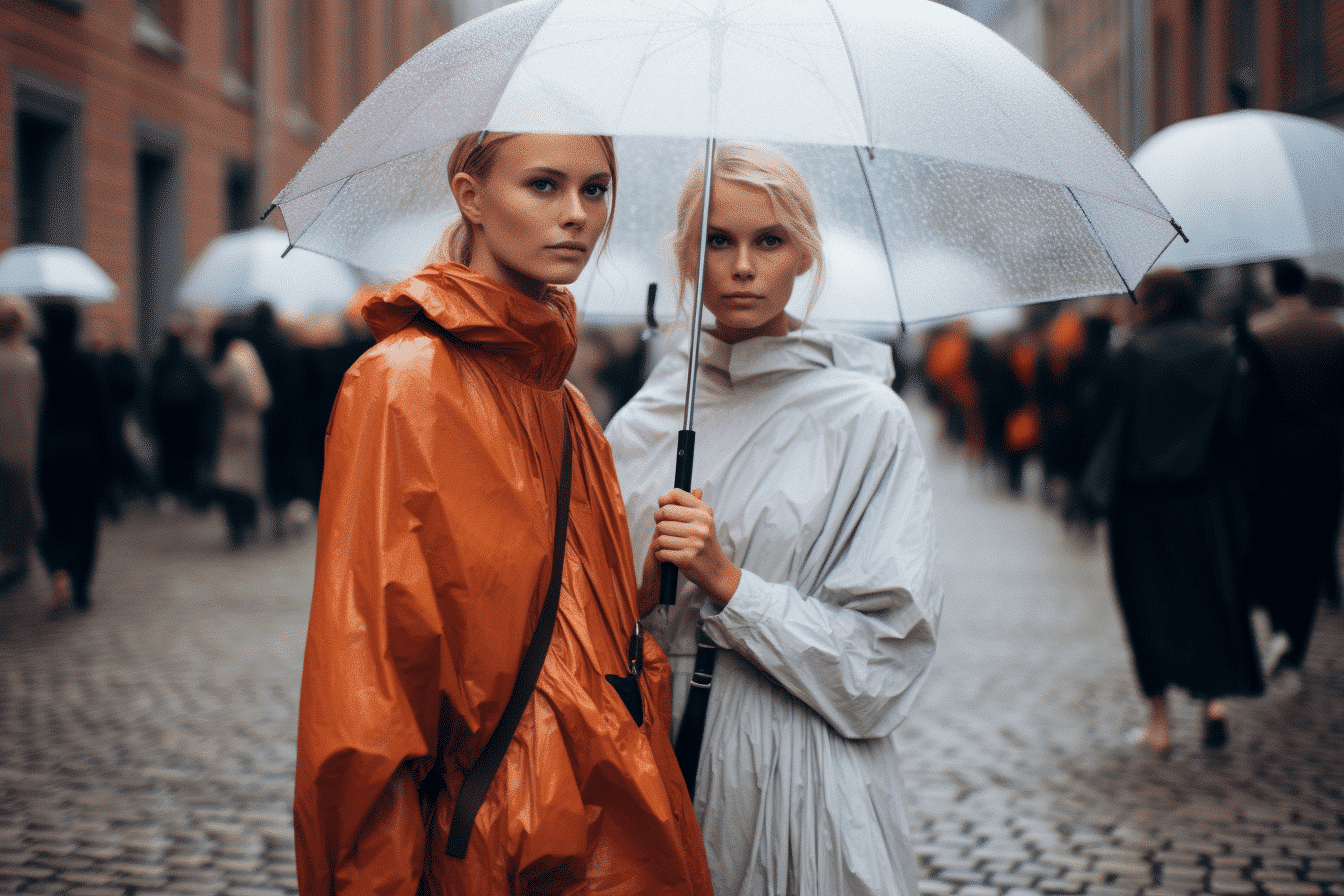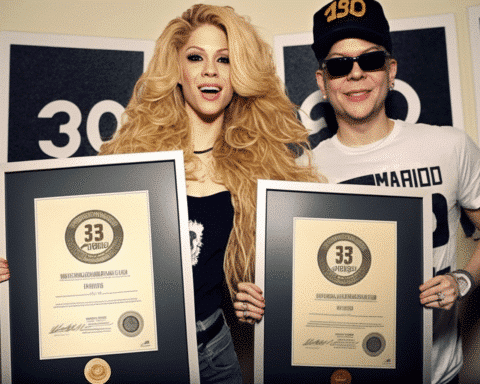In the heart of Scandinavia lies Denmark, a country better known for its pastries and fairy tales than fashion. Yet, in recent times, this nation has woven its way into the tapestry of global fashion with such finesse it now stands shoulder-to-shoulder with the iconic quartet of New York, London, Milan, and Paris. The rain-soaked runways of Copenhagen Fashion Week (CPHFW) tell how fashion became one of Denmark’s most lucrative exports.
This past August, fashion lovers from 120 of the world’s premier fashion journals and retail outlets willingly perched on damp stools under the Copenhagen drizzle. But why? The allure of CPHFW isn’t just in its innovative designs but the holistic approach it promotes. A stringent 18-point sustainability criterion for designers, diverse investment opportunities, and a roster of world-renowned Danish brands like Ganni, Stine Goya, and Saks Potts have made Copenhagen a must-visit fashion destination. Vogue Business recently hailed it as the “fashion’s fifth city”, an accolade echoed by many other leading publications.
Data supports this fashionable surge. The online media exposure for CPHFW has grown by 117.5%, and the event witnessed a significant boost in social media impressions compared to the previous year. Notably, Denmark’s fashion exports have skyrocketed by 84% in the past decade, accounting for 5% of the country’s total exports.
Behind this meteoric rise is CPHFW’s relentless focus on nurturing emerging talent. Acting as a springboard for Nordic designers, CPHFW has formed a myriad of partnerships with both government and independent arts organizations. These partnerships provide fledgling designers with the mentorship, funding, media attention, and retail exposure crucial for success in the competitive fashion industry.
The Danish Arts Foundation echoes this commitment to nurturing talent. “We can see value and potential in their work,” says Anne Damgaard, leader of the Danish Arts Council Committee for working grants. For them, it’s about more than monetary success. It’s about “enriching and challenging” both the fashion industry and society.
But Denmark’s fashion prowess isn’t solely based on nurturing new talent. Sustainability is at the heart of its fashion week, making it a forerunner in ethical fashion practices. The fashion world is on the cusp of an EU-imposed sustainable framework, but CPHFW has already leaped. Its designers, acclaimed for using sustainable materials, are in sync with consumers worldwide who demand style and accountability from brands.
“Copenhagen Fashion Week as a leading beacon for sustainability sets them apart,” highlights Ida Petersson from Browns.com. And the CEO of CPHFW, Cecilie Thorsmark, sees it as an opportunity to catalyze positive change in the fashion world. However, the cornerstone of Denmark’s fashion success might be its intrinsic sense of community. Several of the personalities interviewed said the Danish inclination towards collaboration over competition has been pivotal.
Take, for instance, Elisabett Stamm, recipient of the Copenhagen Fashion Week x Zalando Visionary Award in 2023. She recounts how her first retailer was a fellow Danish designer, Henrik Vibskov. “It’s sometimes like everyone wants to discover something first, but who dares to go first?” she mused.
Denmark’s ascent in fashion is a blend of innovative designs, an unwavering commitment to sustainability, and a supportive community. It’s a formula that has positioned Copenhagen as a significant hub in the global fashion circuit. The tale of Denmark’s fashion journey is reminiscent of a modern fairy tale, but the entire kingdom wears chic, sustainable couture in this story.




